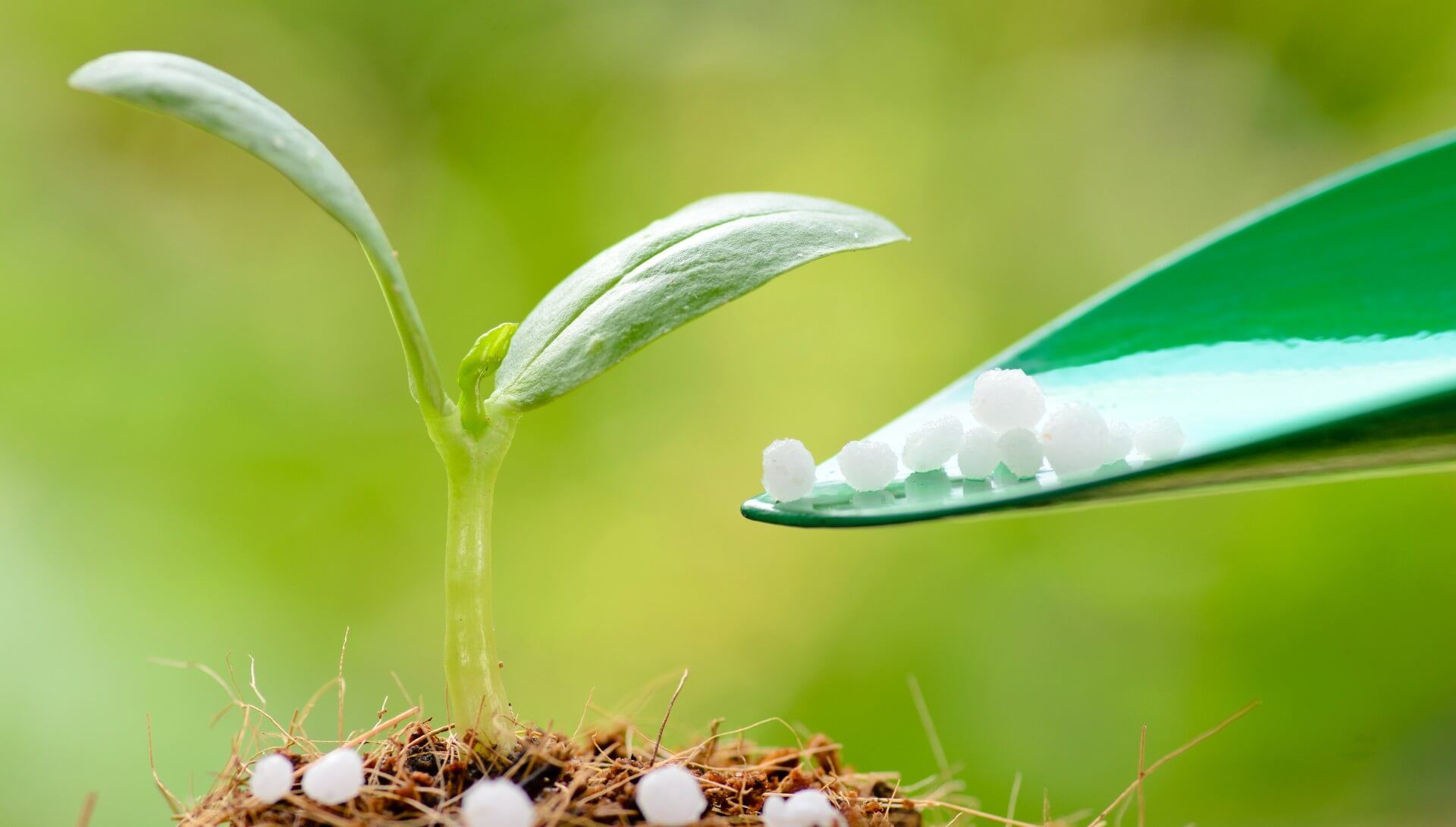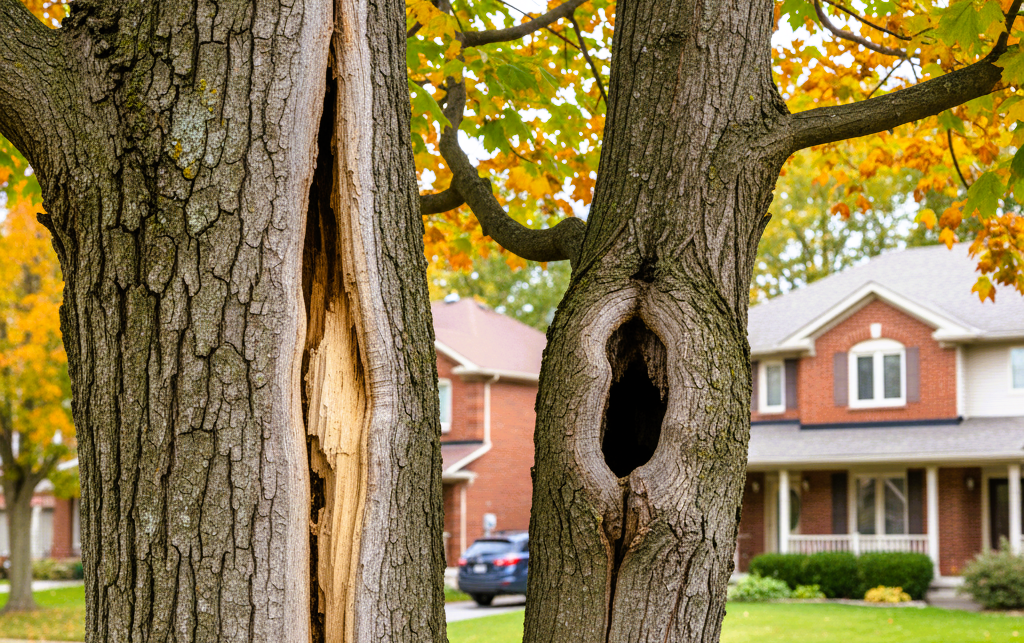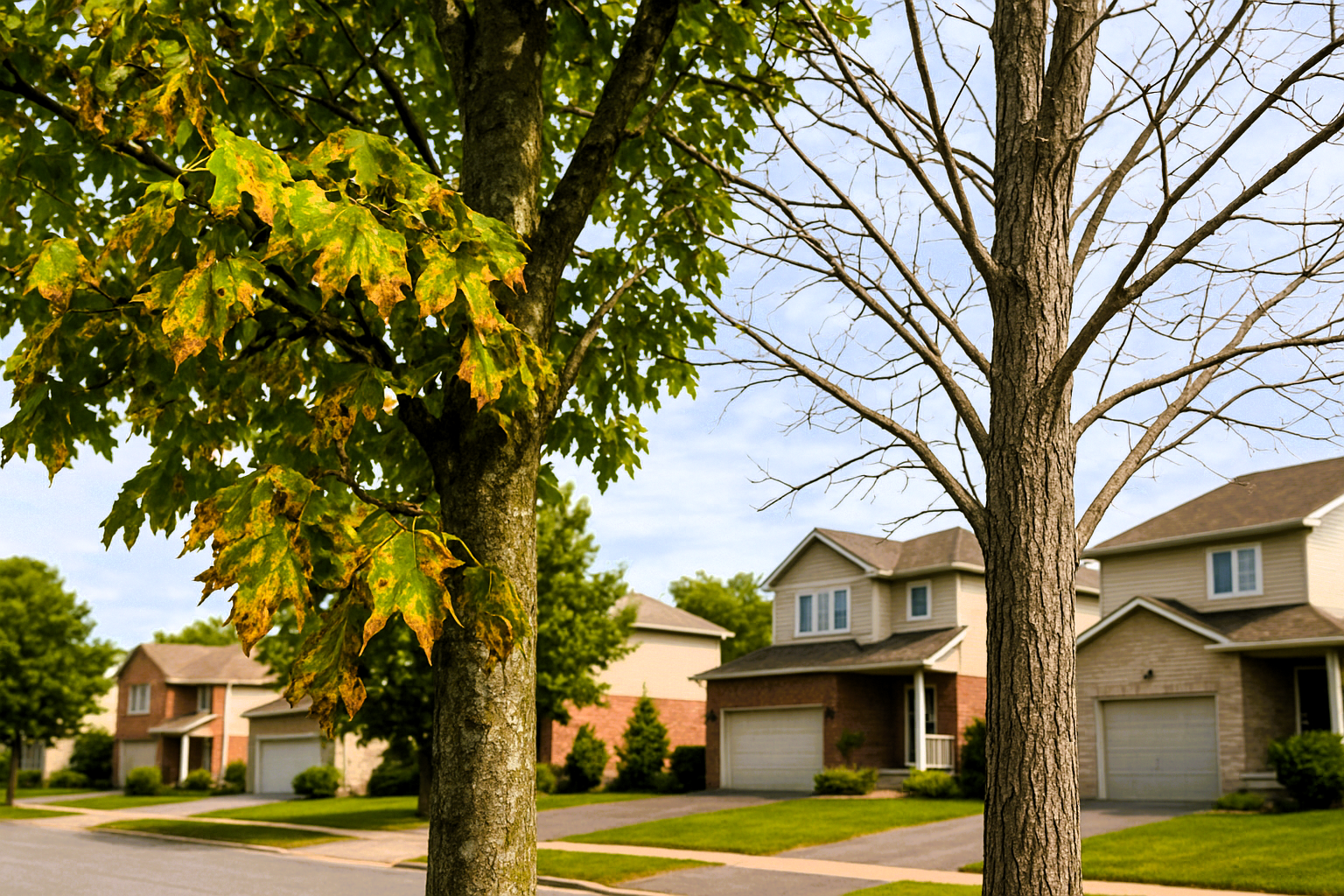5 Eye-Opening Signs that Your Tree Needs Fertilizer
Keep an eye out for these signs to ensure proper tree growth.

Trees not only give us shelter from the unforgiving elements Mother Nature throws at us. They are also our providers of oxygen, and they beautify our yards. If you have trees on your property, caring for them is also part of your responsibility.
Don't be fooled if you see your trees standing tall and proud. They may look okay on the outside, but sometimes, they show their distress in little ways. You need to look out for many signs when
figuring out what your tree needs to keep it healthy and strong for many years to come.
And in this blog, we will share the signs you need to know that your tree is asking for fertilizer.
1. Your Tree has Smaller Leaves
Looking out for this sign might be hard to see at first. But by paying close attention, specifically to the leaves, you'll eventually notice something's off. You might wonder why the leaves stayed small or got smaller as the years passed. This might mean that the nutrients it absorbs are not enough to be able to reach the leaves and nourish them.
2. The Tree has Trouble Growing
Like humans and animals, you should also expect growth in plants and trees. They should grow taller, their branches should expand, they'll grow more leaves, their trunk should be thicker, and more. But if you don't notice any of those on your tree, then that means that it doesn't have enough nutrition to continue growing.
3. The Tree has Yellow Leaves
It's natural for leaves to transition from green to yellow as a signal of the season's changing. However, if the leaves of your trees start turning yellow in the middle of spring and summer, that's not climate change. At least not entirely. If you notice yellow leaves on your tree when they should be green, there might be problems with the amount of nutrition it's absorbing.
4. Your Tree has Fewer Flowers and Fruits
When you have a flowering or fruit tree, nutrients play an integral role in their development. If it's not enough, you'll notice your tree will have fewer flowers and fewer or smaller fruits than usual. If this happens, it's time for you to support their growth by supplying them with the nutrients they need through fertilizers.
5. The Tree is Still Young
Even though this isn't a bad sign, it doesn't mean you shouldn't use fertilizer exclusively on an unhealthy tree. A young tree is still growing, meaning it'll need more nutrients to grow healthy and strong. Why wait for your tree to show the signs listed above when you can make it sturdier while it's still young? Take the opportunity and make the most of your young tree's growth.
When to Fertilize Your Trees
Don't wait to see these signs before you start considering fertilizing your trees. You can prevent these from happening and keep your trees healthy and vibrant by fertilizing them beforehand.
But don't just fertilize them whenever you can. Make use of the seasons to ensure that your tree will effectively take in the nutrients it needs from the fertilizer. The best times to fertilize your trees are early spring or fall.
Spring is one of the best times to do that since it's the time when plants and trees are in their growing phase. This means that they can absorb and process the nutrients they get from the soil faster and more effectively. And in fall, it's the time when water goes down to the roots, promoting root growth. The tree can effectively absorb the necessary nutrients with bigger and better roots.
If you want to know more about tree care through fertilizing your trees or the best fertilizer you can use,
give us a call! Our skilled and reliable arborists at Kanata Tree Service Masters will happily lend a hand for any of your tree care needs!


